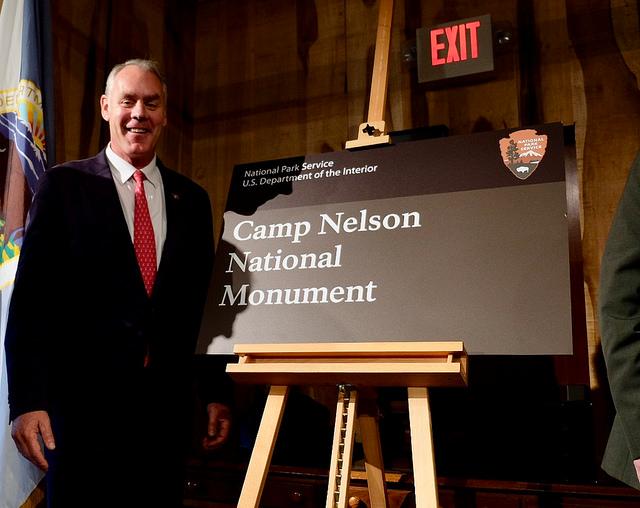NEW YORK—College football in the early 1900s was a different game without much competition from the National Football League. College football was king and Ivy League schools such as Yale, Harvard, and Cornell, dominated. Fordham University, located in the Bronx, was also a powerhouse.
Football was not the modern game played now, but a primitive, often violent version. Leather helmets and thin padding were all that protected the young men from each other’s wrath. Serious injury was not uncommon and every year football claimed the lives of the players who entertained the masses.
The 1931 season was one of the deadliest on record, with 22 football-related deaths, 7 of which were at the college level, according to an archived New York Times article.
On Nov. 21, 1931, the Fordham Rams put their undefeated record on the line, taking on Bucknell at the Polo Grounds in the Bronx.
The Rams lost the thrilling 14-13 game when a last-minute kick was blocked. In addition to losing the game, three Fordham players were carted off the field—Paul Howell, John Szymanski, and Cornelius “Connie” Murphy. Szymanski, who had come in to relieve Murphy after his injury, left the field unconscious.







